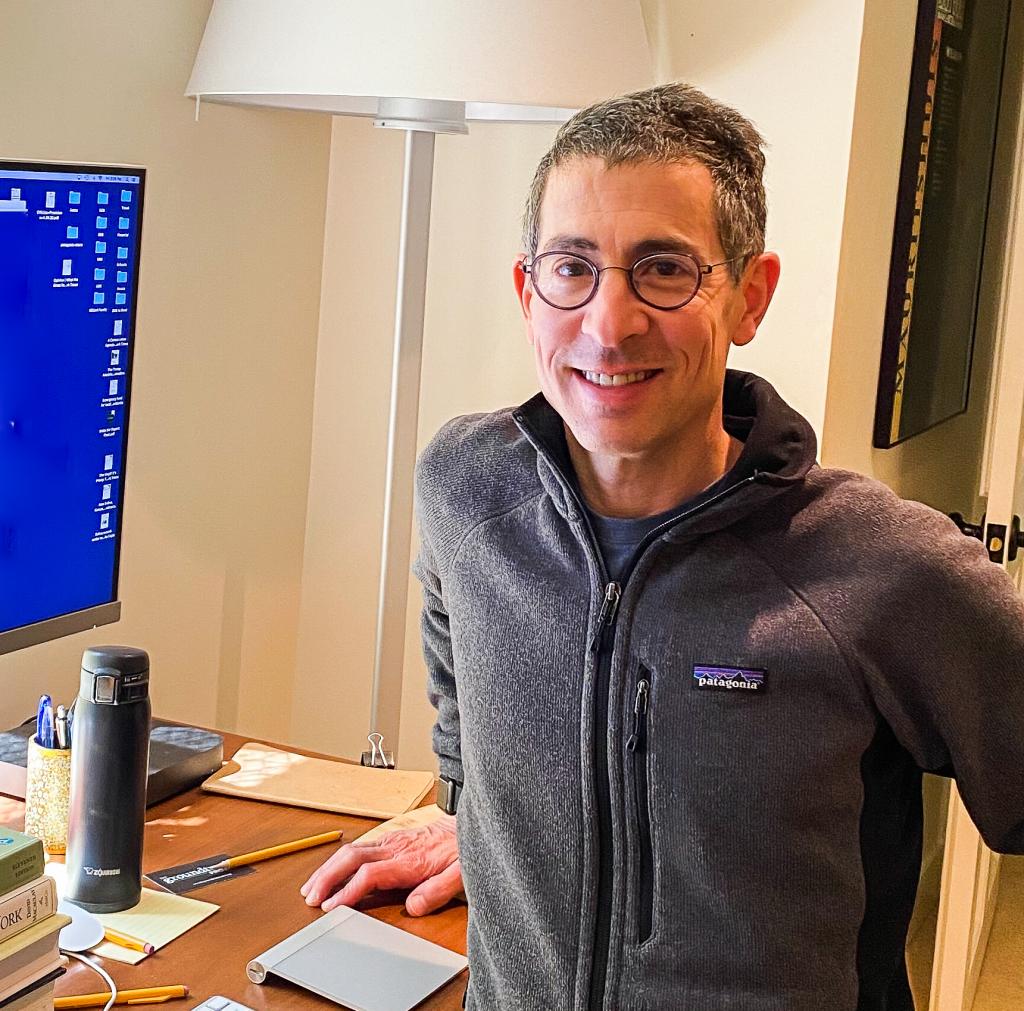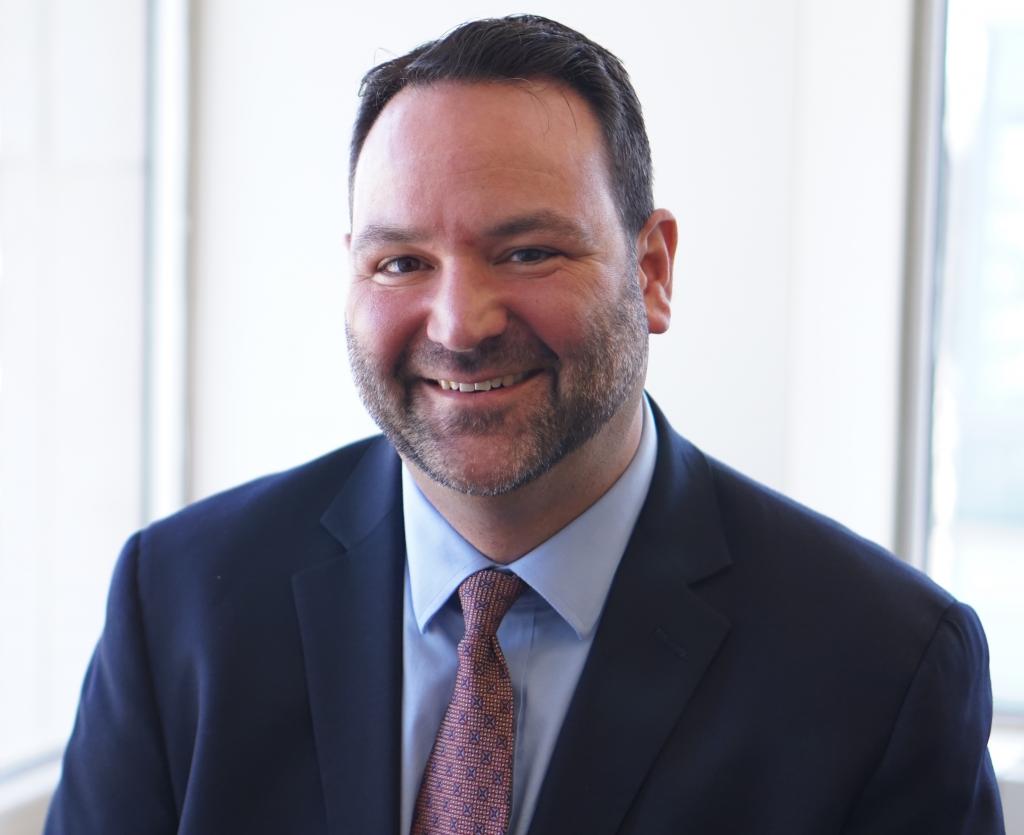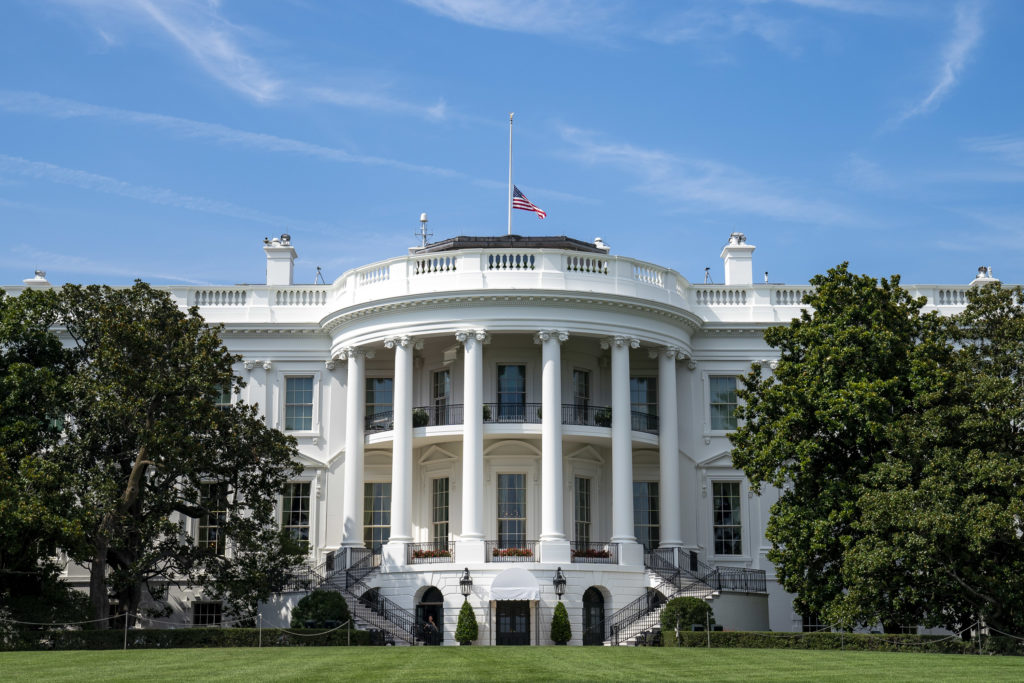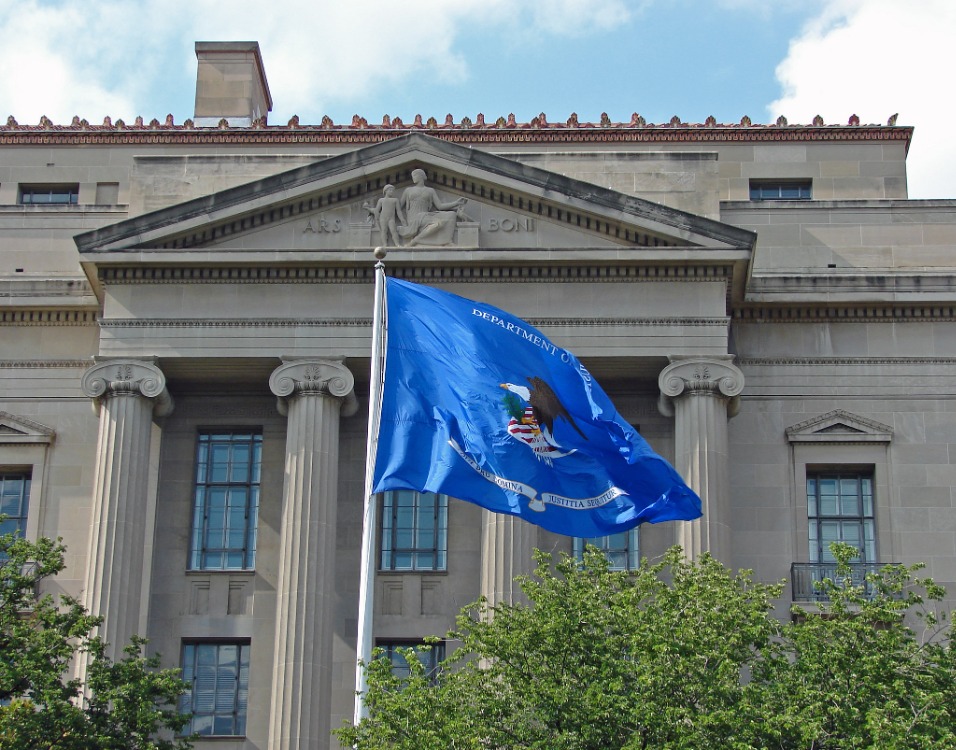How the New Justice Dept. Media Guidelines Might Work in Close Cases
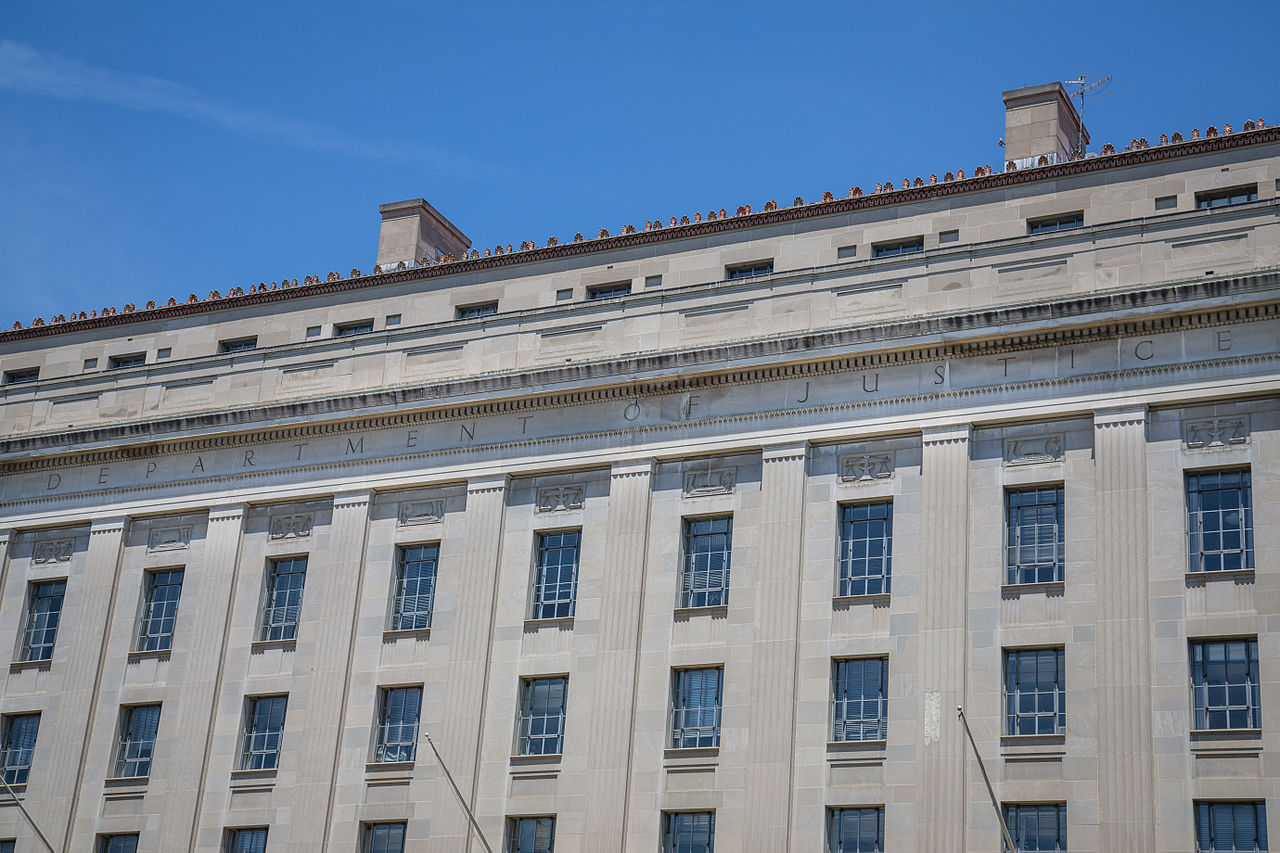
Published by The Lawfare Institute
in Cooperation With

Editor’s Note: This piece explores how the Justice Department’s revised News Media Guidelines would likely have been applied in past cases of overreach, which may provide some insight for future edge cases. For the authors’ practical overview of the new policy, see here.
In October 2022, the Justice Department released, to some fanfare, its revised News Media Guidelines, which limit when and how the department can use subpoenas, court orders, and other forms of legal process to seek records from or of journalists. National security reporters, media lawyers practicing in this niche area, and leading publishers followed the guidelines revisions process with great interest, as the department made clear that it intended the policy to prevent the issuance of process based on the “mere” receipt, possession, and publication of classified information—a historic act of forbearance given the department’s long-standing (and still standing) position that such activity, by anyone, could violate the law.
But the policy is less clear on how it would apply to the explicit solicitation of information from a source. This is because while receipt, retention, and publication are expressly included in the definition of protected “newsgathering,” the definition excludes broad categories of criminal activity. Those categories are “breaking and entering, theft, unlawfully accessing a computer or computer system; unlawful surveillance or wiretapping; bribery; extortion; fraud; insider trading; or aiding or abetting or conspiring to engage in such criminal activity, with the requisite criminal intent.”
Further, the policy still permits legal process in cases where a member of the news media is “not acting within the scope of newsgathering,” is the “subject or target of an investigation,” and is “suspected of having committed an offense.” In an earlier piece for Lawfare, we referred to this as the “(d)(1)(i)” exception after its designation in the new policy, 28 C.F.R. § 50.10(d)(1)(i).
While no one would suggest that a reporter could legally ask a source to break and enter as a part of information-gathering, federal statutes like 18 U.S.C. § 641 (theft of government property), 18 U.S.C. §§ 793 and 798 (Espionage Act), and 18 U.S.C. § 1030 (Computer Fraud and Abuse Act), among others, are technically violated every time a source breaks the law in providing government information to a reporter. In cases where a reporter asks a source for information, an aggressive prosecutor could thus try to circumvent the new guidelines by articulating a crime based on solicitation or another inchoate offense.
Given that possibility, some observers have asked whether the revised guidelines truly offer substantial new protections for national security reporters and others whose newsgathering activity necessarily involves ferreting out government secrets. Below, we examine how the 2022 guidelines would have likely applied in past cases of overreach by the department and compare that to how previous versions of the guidelines did work (as best we know).
While clashes with the Trump administration are fresh in many minds, several major confrontations between the Obama administration’s Justice Department and the press, which highlights the nonpartisan nature of these concerns, remain prominent in the collective memory.
There was the dragnet subpoena in 2013 for telephone toll records from the Associated Press (AP) in a leak case that ultimately resulted in the conviction of former FBI bomb technician Donald Sachtleben. There was also the secret seizure of emails from James Rosen, then a correspondent with Fox News, based on a warrant claiming that Rosen’s asking leak suspect Stephen Jin-Woo Kim for classified information established probable cause that Rosen was a “co-conspirator” or “aider and abettor.” And in 2008 and 2011, respectively, there were the subpoenas to James Risen and Mike Levine seeking to force them to disclose the identity of confidential sources.
The circumstances of these cases highlighted gaps in previous iterations of the guidelines. For instance, the AP subpoena was issued secretly because the pre-2014 policy had a presumption against advance notice to the affected member of the news media. The Rosen search warrant was allowed because the guidelines then didn’t even apply to search warrants. Consequently, reforms to the guidelines in 2014 and 2015 under Attorney General Eric Holder tried to protect against similar controversies by flipping the presumption to one in favor of prior notice, extending the policy to warrants, and adding other guardrails.
But those changes were insufficient to stop the secret seizures authorized in 2020 under the Trump administration that swept in records from eight reporters across three outlets: CNN, the New York Times, and the Washington Post. This is for two reasons.
First, because of the balancing test, prosecutors were able to apply for subpoenas and court orders in the first place. That is, prosecutors were able to successfully argue that process was warranted because the investigative need outweighed any press freedom considerations. And, second, the department was able to issue these subpoenas and court orders secretly, without advance notice to the affected member of the news media. While we don’t know exactly which justification for delayed notice the department invoked, it was likely because the attorney general found that disclosure would pose either a “grave” threat to national security or a “clear and substantial threat to the integrity of the investigation.” (Threat to life and limb, the third available justification, would be unlikely given that the records sought were several years old at the time the subpoenas and court orders were authorized.)
So, what would happen if the four Obama-era scenarios, and the 2020 seizures during the Trump administration, occurred under the 2022 media guidelines?
Associated Press Subpoena
When it comes to the AP subpoena, the phone records demand would likely not have been allowed. To recall, the Associated Press telephone toll records subpoena came to light in 2013. It was controversial both because of its sweep—it sought two months’ worth of records for at least 20 lines used by more than 100 AP reporters—and because the Justice Department delayed notifying the AP until after the subpoena had been issued and the records disclosed to prosecutors. The Holder amendments in 2014 and 2015 attempted to address the AP matter by flipping the presumption against notice to a presumption in favor of it. That is, under the 2014-2015 revisions, notice could be delayed only if the attorney general made an affirmative determination that it would create a “substantial” risk to the integrity of the investigation, risk “grave” harm to national security, or imperil life or limb.
Under the 2022 guidelines, prosecutors seeking the subpoena would have had to contend with the definition of “newsgathering” now in the rules and would have had to have indications that AP reporters did more than just receive, possess, or publish classified information to apply for the subpoena in the first place.
Further, even if prosecutors did have additional information, they would have had to address several other elements of the revised policy that could be relevant to whether process is available. First, the definition of newsgathering clarifies that the process by which a journalist “pursues” information for public dissemination is also encompassed in the rules, which should signal to members of the department that routine newsgathering from a source, even of classified information, should be covered by the definition. Second, depending on what the information on hand suggests about the reporter’s conduct, that may trigger high-level review as a “close or novel” question about which conduct fits “within the scope of newsgathering” and, if there is genuine uncertainty on that question, the attorney general must make the determination. Finally, to pull the reporter completely out of the “scope of newsgathering” determination and permit process under the (d)(1)(i) exception, it is not enough for the department to consider the reporter a subject or target of an investigation; the reporter must also be “suspected of having committed an offense.”
Put simply, our understanding is that the AP subpoena incident is the exact type of controversy that the 2022 revisions are intended to head off.
Rosen Email Seizure
In the James Rosen email seizure, the “aggressive prosecutor/investigator” problem was central. Rosen, then a Fox News national security correspondent, had developed a relationship with Stephen Jin-Woo Kim, an adviser on North Korea at the State Department. The FBI then began a leak investigation based on alleged classified leaks to Rosen, which focused on Kim. To further the investigation into Kim, the FBI sought a warrant in 2010 for several days’ worth of Rosen’s emails. In May 2013, the probable cause affidavit for that warrant was finally disclosed. It added to the then-fresh controversy over the AP subpoena because it characterized Rosen as “at the very least an aider, abettor and/or co-conspirator” because Rosen had flattered, cajoled, or otherwise encouraged Kim to disclose classified information.
To obtain court approval for the warrant, the FBI agent affiant had to articulate a theory whereby Rosen himself was suspected of conspiring with his source because of the “suspect exception” to the Privacy Protection Act of 1980, which requires probable cause that a crime has been committed by the journalist before work product or documentary material may be seized pursuant to a warrant in a national security leak case. To prevent a recurrence, the Holder-era guidelines incorporated a provision clarifying that members of the department may not obtain a search warrant if the “sole purpose” is to further the investigation of someone else. In other words, the Holder policy reforms tried to ward off a situation where investigators could nominally articulate a conspiracy or aiding and abetting theory to apply for a warrant, but don’t really intend to prosecute the reporter.
Significantly, the 2022 guidelines retain the “sole purpose” language in § 50.10(q) of the revised policy. They also add a tightening to the (d)(1)(i) exception for process where someone is not “acting within the scope of newsgathering” and is a “subject or target of an investigation”—that the person also be “suspected of having committed an offense.” As best we know, the “suspected of having committed an offense” formulation was included as an extra brake to signal to prosecutors that they really must intend to bring charges against a reporter before invoking the (d)(1)(i) exception to secure compulsory legal process.
That said, the Rosen search warrant fact pattern could still provide a road map for process based on “solicitation,” even under the 2022 guidelines. The reality is that there are many federal laws that are technically broken when a government source provides classified information to a journalist. And reporters are often not mere passive recipients of that information. Journalists have the word of the Biden administration that deliberate end runs will not occur on their watch, but the guidelines are entering their sixth decade of life and how future administrations will approach these broader issues and the 2022 revisions—if they remain intact—is impossible to know.
Risen and Levin Subpoenas
The James Risen and Mike Levine subpoenas attempted to compel the journalists to identify their confidential sources in separate national security leak cases. Risen was subpoenaed in connection with the trial of former CIA officer Jeffrey Sterling and Levine’s subpoena followed his reporting on still-sealed terrorism-related charges. While both were controversial, they didn’t prompt any specific revisions under Holder. Rather, subpoenas “ad testificandum” for a reporter’s testimony are governed under the same framework as subpoenas for documents, meaning the tweaks there applied to subpoenas for court testimony. Specifically, such subpoenas required exhaustion and attorney general approval under the Holder reforms. (Notice would occur because the subpoena is handed to the reporter personally.) But if the attorney general determined that the balancing test was met—that the investigative need outweighed the danger of the intrusion in the newsgathering process—then subpoenas would have been available.
The 2022 revisions appear to improve this element of the guidelines. To be sure, the new guidelines just require deputy attorney general approval, as opposed to attorney general sign-off, for compelled testimony. They also permit compelled testimony when it has no “nexus to the person’s or entity’s activities as a member of the news media” with the approval of a deputy assistant attorney general for the Criminal Division, and with notice to the deputy attorney general. But the new policy states that authorization may only be granted when all other requirements of the policy regarding compulsory process have been satisfied. In other words, the bright-line rule applies to compelled testimony, meaning that it would be disallowed unless one of the other, now narrow, exceptions applies.
CNN, New York Times, and Washington Post Records Seizures
From what we understand based on the public record, the CNN, New York Times, and Washington Post records seizures in 2020 were authorized under the pre-2022 balancing test. That is, there was no indication that the journalists themselves were suspected of wrongdoing, but the attorney general would have determined that the investigative need in those leak cases was great enough to authorize subpoenas for telephone toll records and orders under 18 U.S.C. § 2709(d) for email metadata.
Additionally, those records demands were subject to delayed notice by the government. We know that the government cited potential risks to the integrity of the investigation when applying for an order under 18 U.S.C. § 2705(b) barring the email provider from informing the outlets that records had been sought. We do not know whether the attorney general relied on a finding of “grave” risk to national security or integrity-of-the-investigation in authorizing the delay of notice by the government to the affected member of the news media, but either justification would have been available under the then-operative version of the guidelines.
Under the 2022 policy, the government would have to proceed differently, both in terms of authorizing the legal process and notifying the reporters and publications. First, the prosecutor would have to effectively invoke a “suspect exception” for subpoenas and court orders. That is, the prosecutor would have to point to something beyond just the receipt, possession, or publication of classified material to support an inference that the journalists were complicit in the leak. Further, the government would have to cite something more specific than, say, the use of encrypted communications or that the member of the news media maintained an intake portal for anonymous leaks.
Only then would the journalist be on the wrong side of the bright line: where the journalist is being investigated for activity not within “the scope of newsgathering” and is “the subject or target of an investigation and suspected of having committed an offense.”
Further, there would be two additional hurdles limiting a prosecutor’s ability to skirt the bright line. First, as noted above, the definition of newsgathering in the revised guidelines includes the term “pursues” when describing the newsgathering function, which implies, as it should, affirmative efforts to obtain information, not just passive receipt. This text should signal to prosecutors the commonsense reality that when journalists make efforts to obtain information they are not to be mechanically excluded from the protections of the policy.
Second, “close or novel” questions about whether a member of the news media is acting within the scope of newsgathering require approval by an assistant attorney general and, if there is “genuine uncertainty,” will go to the attorney general, a key guardrail.
Finally, as noted in our prior piece on the nuts and bolts of the revised policy, the only case where notice may be delayed indefinitely is the (d)(1)(i) exception, when the reporter is not acting within the scope of newsgathering, is the subject or target of an investigation, and is suspected of committing an offense. Even there, though, the new guidelines implement protections that were unavailable in the 2014-2015 revisions: permissive notice and deputy attorney general notification if notice is not given.
***
Having gone through this analysis, one still comes up against the fact that affirmatively asking for classified information is not expressly covered under the new guidelines.
As such, consider one of the hardest of hypotheticals: A reporter explicitly asks a source for the still-classified Senate torture report and promises to publish excerpts of the report as a top story tomorrow. We would argue that that activity is public interest journalism of the highest order. It also happens to violate the plain terms of the Espionage Act and goes beyond just soliciting a crime in that there is consideration: the promise to publish.
While the 2022 policy includes the “pursu[it] of information” in the definition of newsgathering; provides that such a scenario will likely end up in front of the attorney general for the highest-level determination; and presents political sensitivities in terms of investigating, and certainly prosecuting, the journalist in this scenario, the revised guidelines do not provide express protection for precisely this conduct.
As such, while the guidelines provide strong protections within a clearly defined lane, outside of that lane they leave protections for newsgathering like the scenario above where they have always been‚ in the extralegal world of politics, public opinion, press-government relations, and prosecutorial discretion. Like Potter Stewart’s memorable words about the Constitution, the policy in this area “establishes the contest, not the resolution.” The department should be applauded for getting us here, but journalists and practitioners should also be aware that we continue to live with some uncertainty.

